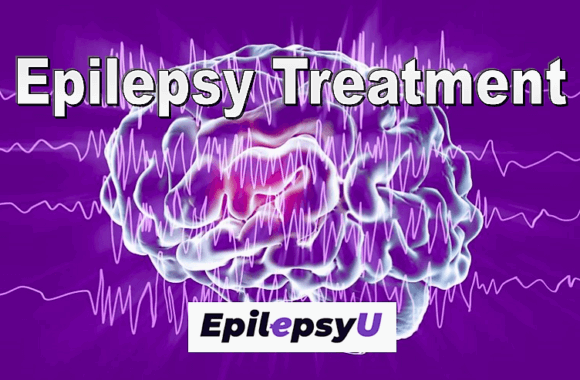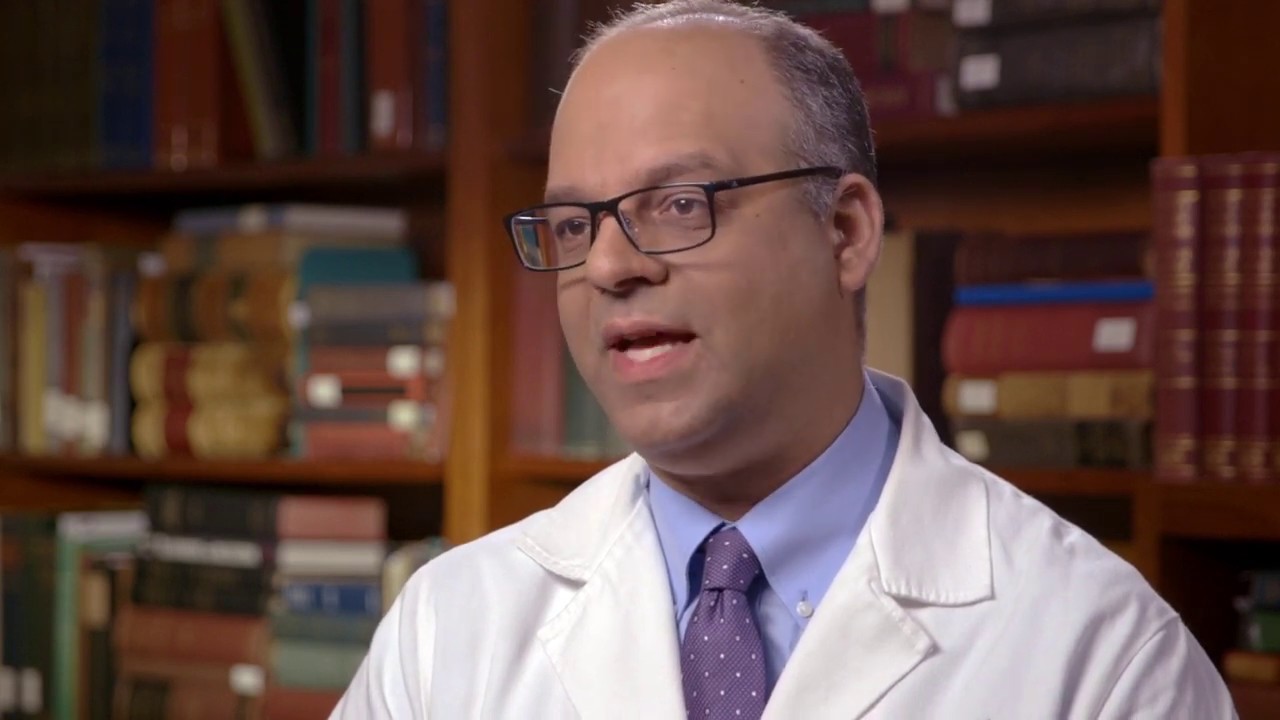
Seizures can be controlled. Up to 70% of people living with epilepsy could become seizure free with appropriate use of antiseizure medicines. Low-cost treatment is available, with daily medication that costs as little as US$ 5 per year. Discontinuing anti-seizure medicine can be considered after 2 years without seizures and should take into account relevant clinical, social and personal factors. A documented etiology of the seizure and an abnormal electroencephalography (EEG) pattern are the two most consistent predictors of seizure recurrence.
- In low-income countries, about three quarters of people with epilepsy may not receive the treatment they need. This is called the “treatment gap”.
- In many low- and middle-income countries, there is low availability of antiseizure medication. A recent study found the average availability of generic antiseizure medicines in the public sector of low- and middle-income countries to be less than 50%. This may act as a barrier to accessing treatment.
- It is possible to diagnose and treat most people with epilepsy at the primary health-care level without the use of sophisticated equipment.
- WHO pilot projects have indicated that training primary health-care providers to diagnose and treat epilepsy can effectively reduce the epilepsy treatment gap.
- Surgery might be beneficial to patients who respond poorly to drug treatments.
Source: https://www.who.int/news-room/fact-sheets/detail/epilepsy
